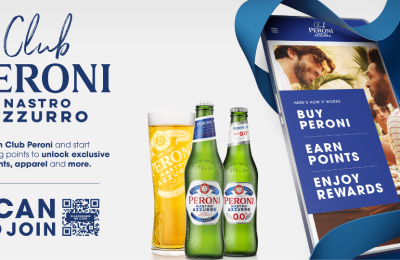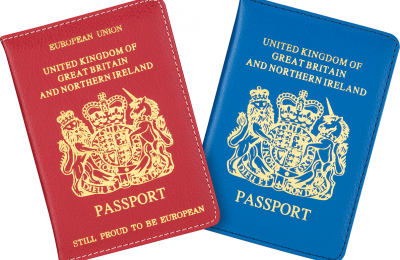By Andy Philpott, Sales and Marketing Director at Edenred.
The first half of 2022 has seen brutal increases in the cost of living, not seen in a generation.
Behind a headline rate of inflation which hit a 30 year high by the beginning of April, are formidable increases in petrol, tax, the cost of mortgages, rent and, of course utilities.
Now, for instance, it costs twice as much to put the heating on and 60% more to boil a kettle as it did two years ago. And that’s before further price increases in energy hit later this year.
For marketers tasked with acquiring new customers, the squeeze on consumer finances at a time of supressed wage growth means 2022 will make what is always a challenging job even tougher.
The great customer resignation
It’s not just a question of there being less money to go around but also the issue of keeping up with widespread changes in consumers behaviour which are already underway.
Recent research from Ipsos in the US found that in the face of rising bills, 80% of consumers will change their shopping habits.
This means a reduction in consumption, more shopping around, value-seeking in every purchase and being more selective in what money is spent on.
As the overall share of the spending pie is dominated by the essentials – food, heating, broadband and other utilities – discretionary spend on food, going out and electrical goods will become less frequent.
Altogether the scene is set in 2022 for a ‘great customer resignation’ with one study, suggesting UK brands will lose as many as one in three of their customers.
Opportunity from volatility
For every brand, this highly volatile landscape will present a challenge to customer acquisition.
However, this period of situation of increasing churn and greater scrutiny on purchases means there are significant opportunities to grow for those who can identify the moments where consumers will be prepared to choose your brand if they are given the right incentive, nudge or reward. Here, based on our own experience of working with brands on customer acquisition are five actions to consider:
1 Reward loyal customers
According to Forrester, when a brand shows a consumer that they are appreciated, 76% will continue doing business with a them.
This isn’t just about a reward for loyalty when it comes to an annual renewal but reward at different points of the customer lifecycle. This could be for staying with you beyond a trial period or for repeat purchases.
It should also extend to ‘regrets’ where customers get compensation for mistakes or shortfalls in what you deliver.
Putting these incentives place show you value them and so create a barrier to exit which will make them think twice about leaving.
2 Incentivise customer referrals
Referrals are the most cost-effective way of generating leads and new business in the marketing playbook.
Rewarding customers on a one off or tiered basis for referrals can cut your marketing costs because the leads tend to be better qualified and more likely to convert. They also foster loyalty in your existing clients.
Whatever the nature of your business, if you don’t have a referral strategy or scheme in place, now is the time to get one and reach customers without having to go head-to-head with them in the open market.
3 Create a stand-out incentives for new customers
As people make purchases less frequently, it becomes even more important to win new customers as they come to the market.
Whether you operate in a category of discretionary spend – like furniture, hospitality or entertainment – or a must-buy product like a utility, one way of differentiating yourself is through rewards or incentives you offer new customers as the opportunity to win them becomes few and far between.
This could be the nature of the reward itself – we are seeing significant growth in sustainable reward options – enriching the experience of receiving or redeeming the reward or adding elements of gamification.
4 Design a payment strategy which will reduce churn
The way people pay for a service has an impact on customer churn. One study suggests that between 20-40% of customers who leave a supplier do so because of payment failure.
This means that marketers who can encourage customers to switch to a payment method which is less likely to fail will be able to hold on to them for longer.
You can also look at payments in other ways. In the current environment, offering monthly payments may be more attractive to consumers who want to spread their spending commitments and reduce churn. Equally, faced by inflation, incentivising customers to lock in a rate for a longer contract length or for recurring orders at guaranteed price will mean you are less vulnerable to losing their business.
5 Invest in a rapid-response marketing capability
As competition gets more intense, brands will need to be able to quickly match or improve the offers, incentives and packages on offer from the competition.
This means honing the agility of the marketing team so it can gather intelligence, formulate profitable offers and deploy them to market quickly to disrupt or better the activity of competitors. You will also need to work with partners who can quickly up to support and fulfil promotions at short notice, with high reliability and give you the key performance indicators you need to manage budgets in realtime.
There are, of course, many more opportunities that marketers can take to secure growth which will depend on the marketing channels they use and the different steps in the customer acquisition journey.
The key takeaway is that in a value seeking environment – one where up to 50% of consumers say they will seek out discounts and promotions to make fixed household budgets go further – incentives and reward are a key tool for every marketer.




















